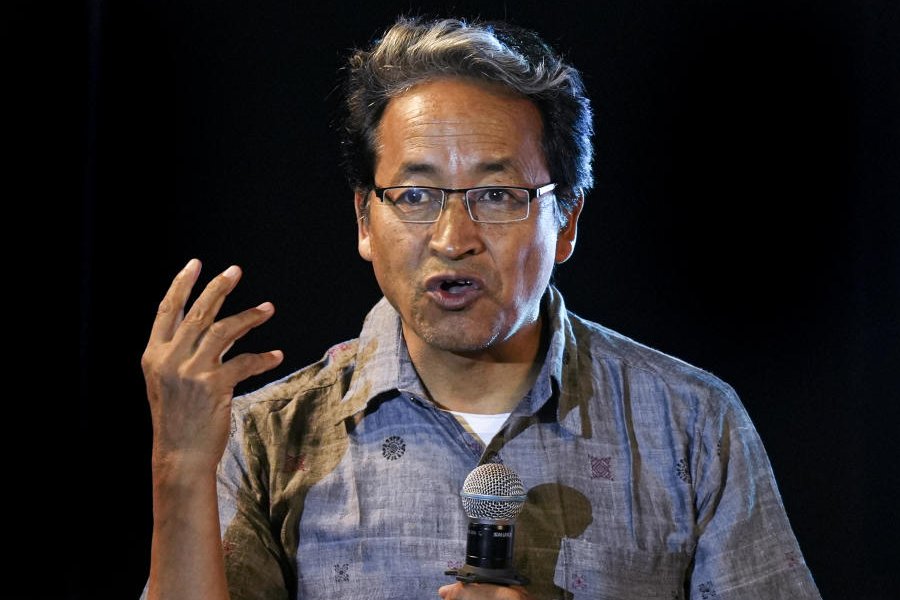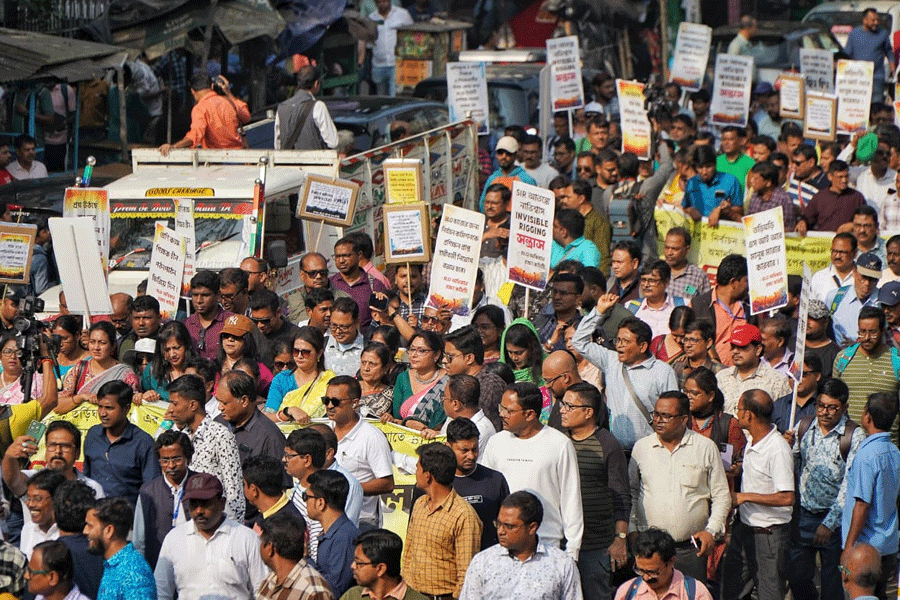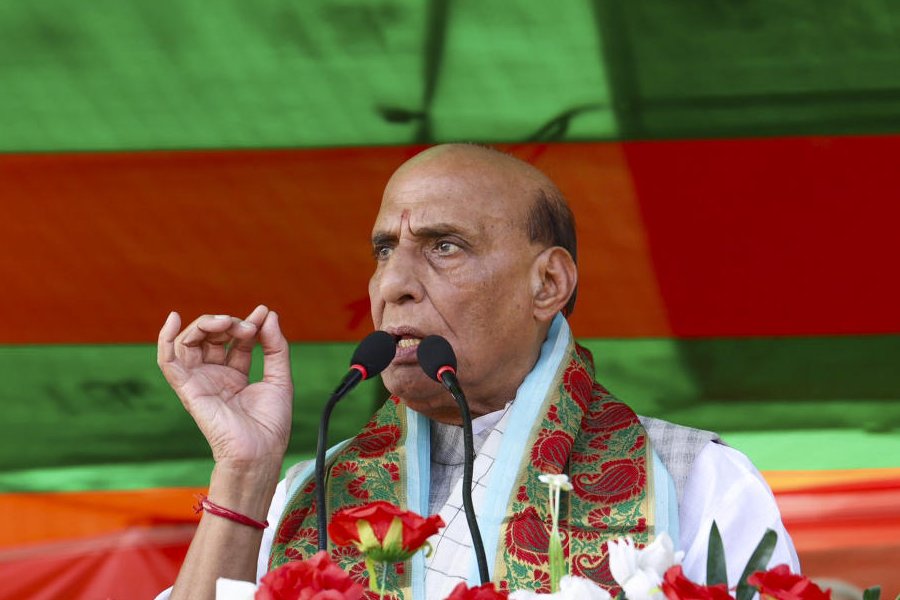Mumbai, June 25: As the Shiv Sena pushes for an exclusivist Mumbai, a recently published book blames the city’s changing character on deep-seated maladies.
One of the essays in Bombay and Mumbai, The City in Transition — edited by Sujata Patel and Jim Masselos — uses Ram Gopal Varma’s Satya to show the city’s transformation in the past 15 years. In Satya’s Mumbai: Mumbai’s Satya, Sandeep Pendse says the changes occurred most rapidly during the BJP-Sena government’s reign between 1995 and 1999.
Contemporary Mumbai is marked by the glitter of shops and lavish lifestyle, changes in livelihood, severe lack of living space, and a growing communal divide.
Changed by the three Cs of criminalisation, consumerism and communalism, the city is made up of “millions of atomised and isolated individuals” like Satya, says Pendse.
The film’s protagonist, Satya, who arrives from an “unspecified place” and “never (faces) a casual, curious inquiry about his past” grows from crime to crime and power to power.
“His alien and alienated character is accepted by his beloved, his colleagues, and friends who would risk their lives for him, without question or curiosity,” says Pendse.
The film takes his life as the natural state of existence in today’s Mumbai, he says. “It is now known that a large number of killings masterminded by the ganglords in Mumbai are actually carried out by non-professionals, young men with no criminal record or past, recruited for a particular ‘hit’.”
Gangsters who were earlier drug-pushers or smugglers — remember the films of the 1970s and ’80s — moved on to real estate, a sector that, too, suffered a downturn.
Gangs made up of individuals who have come from across the country have now shifted to extortion and supari (contract) killings, the milieu of Satya.
Reflecting deep-seated changes in society, Mumbai’s transformation can be traced to the collapse over the past two decades of the city’s manufacture-based economy, particularly the textile industry, which roughly coincided with the trade union movement’s downfall here.
Mumbai has thus shifted to a culture and industry based on services, says Sujata Patel who writes on the transition in her essay, Bombay and Mumbai: Identities, Politics and Populism.
Satya, says Pendse, reflects these changes. “The only occupations it (the film) notes relate to activities in the entertainment industry (film-making, singing, working in a restaurant), construction, crime, politics and the police force,” he says.
The lifestyle that goes with some of these occupations is marked by liquor, expensive restaurants and cellphones.
As the new service-based economy has increasingly focused on lifestyle, glitz and fanfare, the city’s culture has moved from artistic production to consumption, says Patel.
The Sena, she says, actively encourages such a lifestyle. “Look at the way a Ganesh Puja or the Garba festival is celebrated today.” According to Patel, all this is bound to communalism. Leaders, she says, use the glitter of festivities to seduce the unemployed, insecure youth who, in the absence of any ideology, can then be organised on the basis of dubious identity politics about an enemy next door.
As poverty, unemployment and lack of housing became more pressing, communal forces have tried to hold the attention of the masses by organising festivities, historical leaders’ birthdays and riots. Though the book does not mention this, Satya reflects this reality. The film shows the killing of Bhau, a local leader to whom the gangsters kow-tow, at the culmination of the Ganesh festival he has organised.
It was at the instance of communal forces that the riots of 1992-93 happened, says Jyoti Punwani in her article, My Area, Your Area: How Riots Changed the City.
Around 900 people were killed in the riots and the city was divided into separate “safe” zones for the majority and minority communities, Punwani writes.











